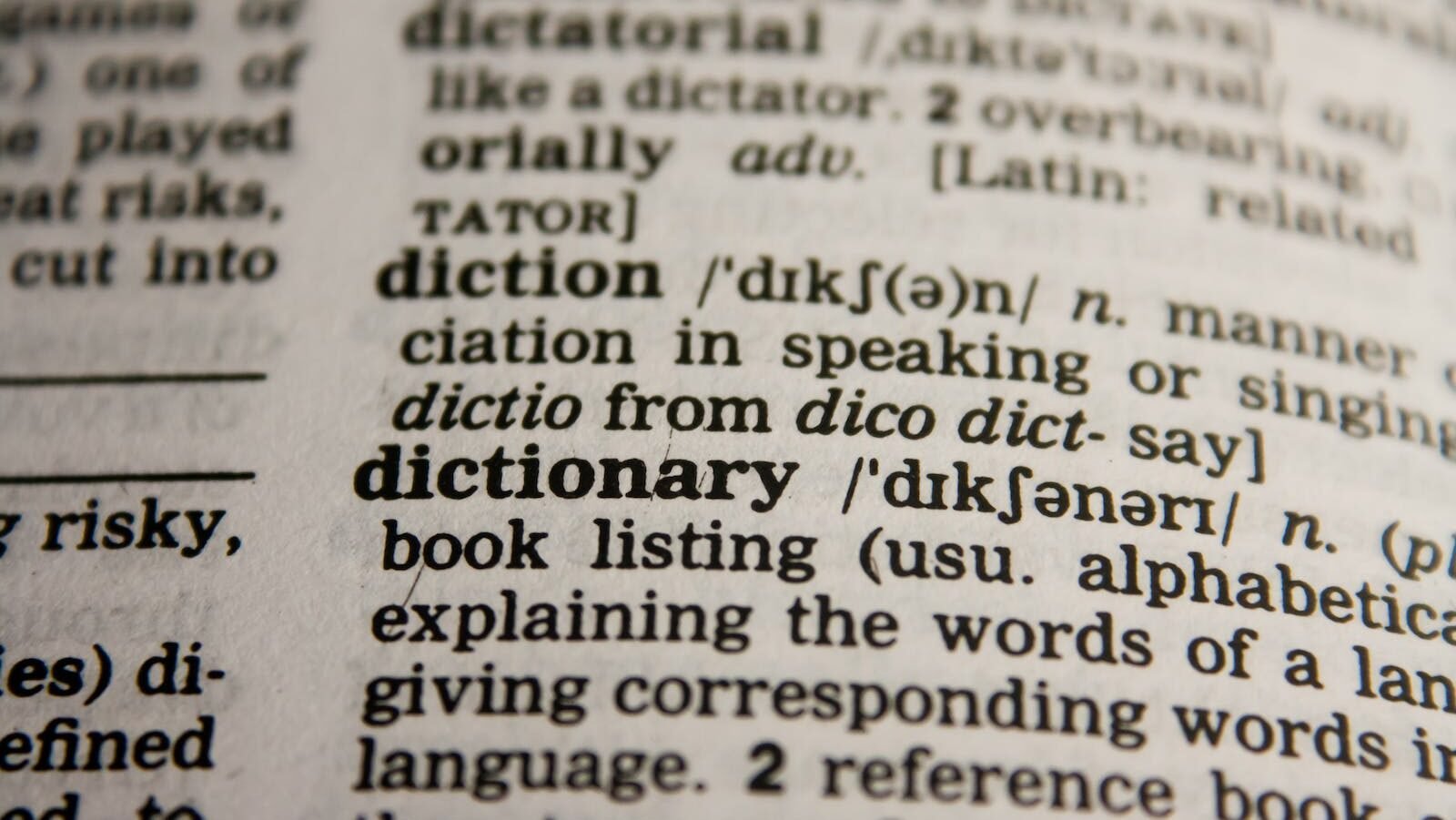Locale and geography play a significant role in content marketing, as they can have a profound impact on how effectively you reach and engage your target audience. Here are some ways in which locale and geography influence content marketing:
- Cultural Relevance:
- Different regions and cultures have unique values, customs, and preferences. Tailoring your content to align with the culture and values of your target audience helps make it more relatable and engaging.
- Language Considerations:
- Language is a critical factor in content marketing. Creating content in the local language(s) of your target audience is essential for effective communication. It ensures that your content is accessible and resonates with your audience.
- Local SEO:
- Geography is a key aspect of local search engine optimization (SEO). Optimizing your content for local keywords, including location-based keywords, helps your content appear in local search results and attracts local audiences.
- Audience Demographics:
- Demographics can vary significantly based on geography. Understanding the demographics of different regions helps you create content that speaks to the specific needs and interests of local audiences.
- Local Events and Holidays:
- Incorporating references to local events, holidays, or cultural celebrations can make your content more relevant and timely. It demonstrates that you are aware of and engaged with the local community.
- Legal and Regulatory Differences:
- Legal and regulatory requirements can vary by geography. Understanding and adhering to local laws, such as data protection regulations or advertising standards, is crucial to avoid legal issues.
- Content Distribution Channels:
- The choice of content distribution channels may vary by geography. For example, some social media platforms may be more popular in certain regions, so adapting your content promotion strategy accordingly is important.
- Competitive Landscape:
- The competitive landscape can differ from one region to another. Analyzing local competitors and understanding the unique challenges in each market helps you position your content effectively.
- Geographic Targeting:
- Geographic targeting allows you to tailor your content and advertising to specific regions or locations. This helps you allocate resources more efficiently and reach the right audience.
- Localized Offers and Promotions:
- Creating localized offers or promotions can be enticing to local audiences. It demonstrates that you value their business and are willing to provide personalized experiences.
- Local Partnerships and Collaborations:
- Partnering with local businesses, influencers, or organizations can help you establish credibility and trust within the local community.
- Geographic Insights:
- Utilizing geographic data and insights can inform your content strategy. For example, you can identify where your website visitors or social media followers are located and tailor content accordingly.
Here are the best 10 examples of effective localized content marketing strategies from various industries:
- McDonald’s “I’m Lovin’ It” Campaign:
- McDonald’s has a global presence, but it tailors its marketing campaigns to suit local tastes and preferences. For example, in India, where a large portion of the population is vegetarian, McDonald’s offers a range of vegetarian options. This localization of the menu and advertising demonstrates an understanding of local culture and dietary preferences.
- Coca-Cola’s “Share a Coke” Campaign:
- Coca-Cola’s “Share a Coke” campaign involved personalizing Coca-Cola bottles with people’s names. In different countries, the campaign adapted to include culturally relevant names and phrases, making the campaign feel more personalized and relatable to each audience.
- IKEA’s Catalog Customization:
- IKEA tailors its catalogs to suit the living spaces and needs of different regions. For example, catalogs in smaller apartments in urban areas may feature space-saving furniture solutions, while catalogs in suburban areas might emphasize larger family-oriented products.
- Airbnb’s City Guides:
- Airbnb provides localized content through its “City Guides.” These guides offer recommendations for local experiences, restaurants, and activities in various cities. This content helps travelers have authentic and personalized experiences while promoting the use of Airbnb listings in those locations.
- Starbucks’ Global and Local Menus:
- Starbucks offers a global menu of popular beverages, but it also adapts its menu to local tastes. For instance, in China, Starbucks introduced beverages like the “Matcha Red Bean Cream Frappuccino” to cater to local preferences for matcha and red bean flavors.
- Nike’s Regional Marketing Campaigns:
- Nike often creates regional marketing campaigns that tap into local culture and sports. For example, Nike’s campaigns in China have featured Chinese athletes and cultural references to resonate with the local audience.
- Uber’s Regional Promotions:
- Uber frequently runs region-specific promotions and campaigns. For instance, in some markets, it offers promotions tied to local festivals or events, making its service more appealing and relevant to users during those times.
- Tourism Boards’ Destination Marketing:
- Tourism boards often create content marketing campaigns to promote specific destinations. These campaigns focus on showcasing the unique attractions, culture, and experiences of a particular region to attract tourists.
- Local Retailers’ Community Engagement:
- Local retailers often engage with their communities through content marketing. They may feature customer stories, highlight local events, or share content related to the local area to build a sense of community and loyalty.
- Language Learning Apps’ Language-Specific Content:
- Language learning apps like Duolingo offer content that is tailored to different languages and regions. They provide language courses and cultural insights specific to the needs and interests of learners in each locale.
These examples demonstrate how brands and organizations can successfully adapt their content marketing strategies to resonate with local audiences, whether through menu customization, cultural references, personalized experiences, or community engagement.
The key is to understand the unique characteristics and preferences of each locale and use that knowledge to create content that feels authentic and relevant.

Leave a Reply